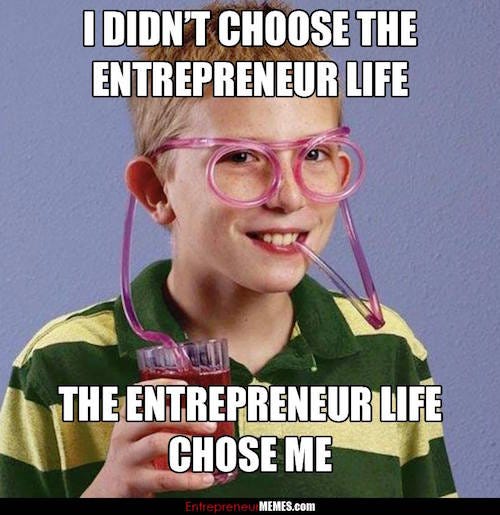My
most formative experience: By far, my most formative experience this semester was
contending with the unpredictability and unforeseen circumstances of COVID
while also contending with school and my own personal life. When I found out that
I had to leave Gainesville, I had to (within a week), take two tests, complete assignments
in four courses, pack up my apartment and my girlfriend’s apartment, and then
drive us to my house to stay. This was a moment full of stress, anxiety, and
doubt. What if I didn’t have enough time to study? What if I couldn’t sleep well
and had to drive the next day? It was pretty rough to say the least. However,
it brings out the best in us. I made amends where I could, and I planned with
my girlfriend and just buckled down and did it. It took a great deal of grit
and resilience on our behalves, but we got it done! Not only was this a great experience
for us as a couple, but also as individuals. It tested our mental, physical,
and emotional capabilities to the max.
My
most joyous experience: My most joyous experience this semester started at the
beginning of the course. When I found out that I had to come up with a business
idea and an unmet need, my girlfriend and I sat down one night and came up with
the idea of revising bags and packaging in the restaurant industry. I was
really happy that I had something so niche and impactful, and that we were able
to do it together as a team (As you can see, I am pretty head over heels about
her too).
My
most prideful experience: I am most proud of myself for taking and finishing
this class as a whole. When I was in highschool, I was much more adventurous and
entrepreneurial at heart. By the time I had graduated, I had started and ran
2-3 small local businesses in my community at a time. This gave me a lot of
hands on experience, but I didn’t learn very many lessons from them (mostly due
to them going exceedingly smoothly due to my connections, but also because I
was young and naïve). In a way, taking this class was me forcing myself to get
back in touch with that side of myself, which I am very proud of myself for
doing!
I
would absolutely say that I see myself now as more of an entrepreneur than when
I first started this class. Being an engineer (computer scientist), I’ve always
had a problem-solving mindset, but this class helped me to fine tune my
methodologies and thought processes to be even more so. This class has taught
me more than I ever expected, especially about efficiency, prioritizing on what
actually matters, and getting the important things right. The little details
only matter if you have the whole right! Being a perfectionist makes it hard to
see that at times, but this class has helped me to combat it.
In
addition, I have come to embrace my natural aptitude for being a realist.
Before, I used to think that I needed to replace it with more positivity, but I
have seen that it can actually be used as an asset to find opportunities when
used properly!
If
there’s one thing I had to recommend to students in this class in the future,
it’s this: this class isn’t just about business, making money, or getting it
off the ground. It’s also about being a better, smarter, more resourceful and
more intentional individual. This has profound implications for every area of
your life. Let Prof. Pryor be your mentor and get ready to learn! You get what
you give… especially in this class. Once you realize that this class will
impact you in ways you don’t even yet realize… you won’t have a hard time showing
up and doing the work. Rather, it’ll be fun! Get ready to fall in love with the
process of being better, one lecture and exercise at a time.
 |
| Image from: https://miro.medium.com/max/1000/1*iKPqdjkTLDETVM6GhIclNw.jpeg |